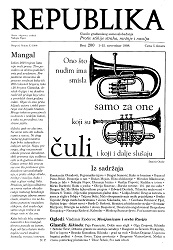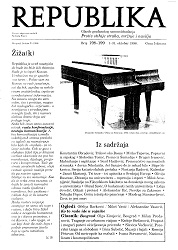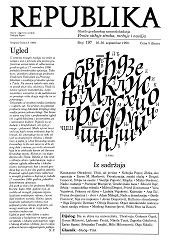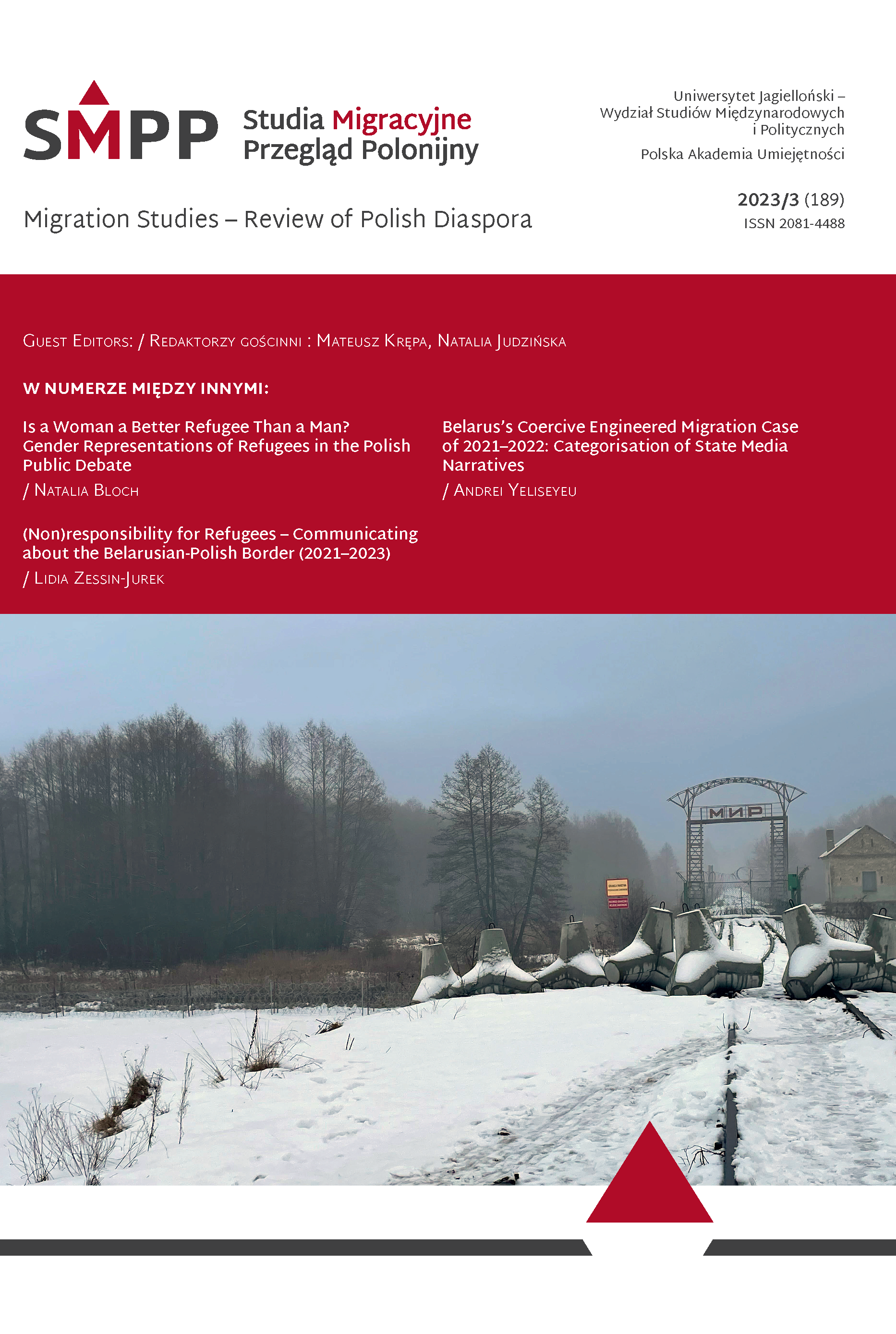
We kindly inform you that, as long as the subject affiliation of our 300.000+ articles is in progress, you might get unsufficient or no results on your third level or second level search. In this case, please broaden your search criteria.


The pushed-back migrants are the main subjects of the humanitarian crisis on the Belarusian-Polish border; however their presence as public discourse producers are rather scarce. The aim of this research is to trace the narrative agency of these people and explore its link to their emancipation. Drawing on the postcolonial theory, we address the question of how the subaltern(ised) subjects produce their discourse. With the analysis of media content, literature, and artistic materials, we argue that the discourse production of pushed-back migrants in Poland is heavily limited, restricted, and often interrupted, however they manifest agency by manoeuvring victimisation and contesting the enemisation of themselves. Using these results, we conclude that the researcher’s role during this crisis should be a mix of translation and representation of what the pushed-back said and were forbidden to say.
More...
Within the framework of global mobility regimes, some bodies are encouraged to move while others are pushed back. Nation-states create control mechanisms to block those who are “undesirable”. Apart from political utility, the colour of the bodies is indicated by the critics as the main criterion of division. However, one more important dimension that intersects with race here is the gender of these bodies. A woman fits the figure of an ideal victim better due to the nationalist patterns of femininity: she is vulnerable, submissive, and deprived of agency. Contrary to a man: his duty in the context of war is to remain in his homeland and fight for it. A man who does not do that, seeking asylum in Europe, is morally doubtful: he is a migrant posing a threat to “our” prosperity and security. This is how people crossing the Polish-Belarusian border are presented to public opinion and contrasted with female Ukrainian refugees. The article offers a critical analysis of gender representations of refugees in the Polish public debate through the prism of postcolonial theory, demonstrating that gendered and racialised colonial discourses underpin rationalisations about who has and who does not have a right to be a refugee.
More...
This study deploys a narrative analysis of stories on the topic of the so-called migration crisis on the EU-Belarus border published on the website of the key Belarusian publishing house Belarus Segodnya between the 1st of June 2021 and the 31st of March 2022. The key eleven narratives were deconstructed through a close engagement with and interpretation of over 1,500 topical publications. The ongoing humanitarian crisis at the EU-Belarus border which peaked in late 2021 followed from the Belarusian regime’s attempt to attain foreign policy goals, foremost the suspension of EU sanctions. The study applies the concept of coercive engineered migration proposed by Kelly Greenhill and finds that the content of most identified narratives fits Greenhill’s predictions that coercing actors focus on manipulating the ability and willingness of targeted states to accept groups of migrants and that challengers tend to impose hypocrisy costs on targets to increase coercive power. The analysis suggests that some of the major state media narratives fit into two groups of coercing strategies proposed by Greenhill while others can be accommodated in the category related to hypocrisy costs. These “blame shifting” narratives cast full responsibility for the origin and persistence of the migrant crisis on the targeted actors. An additional “triggering catastrophe” category is proposed which includes narratives which project cataclysms for the targeted actors and high cost of not hosting migrants for them.
More...
Given that two dramatically different refugee regimens have developed along Poland’s eastern border, this essay explores the social conditions and discourses that facilitate such a radically different treatment of people. The Polish state’s violation of human rights on the Belarusian section of the border and the celebration of these rights on its Ukrainian section have become part of media spectacles. This text analyses both the technical and content-related issues of communication about migrants and refugees from the Global South. It includes typologies of attributional biases in the media towards people on the move, discusses their functions and the ways towards a normalisation of violence. The final section historicises the current negative responses to refugees and sets them in the wider context of the uneasy obligations imposed on the “West” by its professed values. In doing so, this essay touches upon questions not only of a sense of social responsibility, but also of actual responsibility for the people who have died in Polish forests and rivers.
More...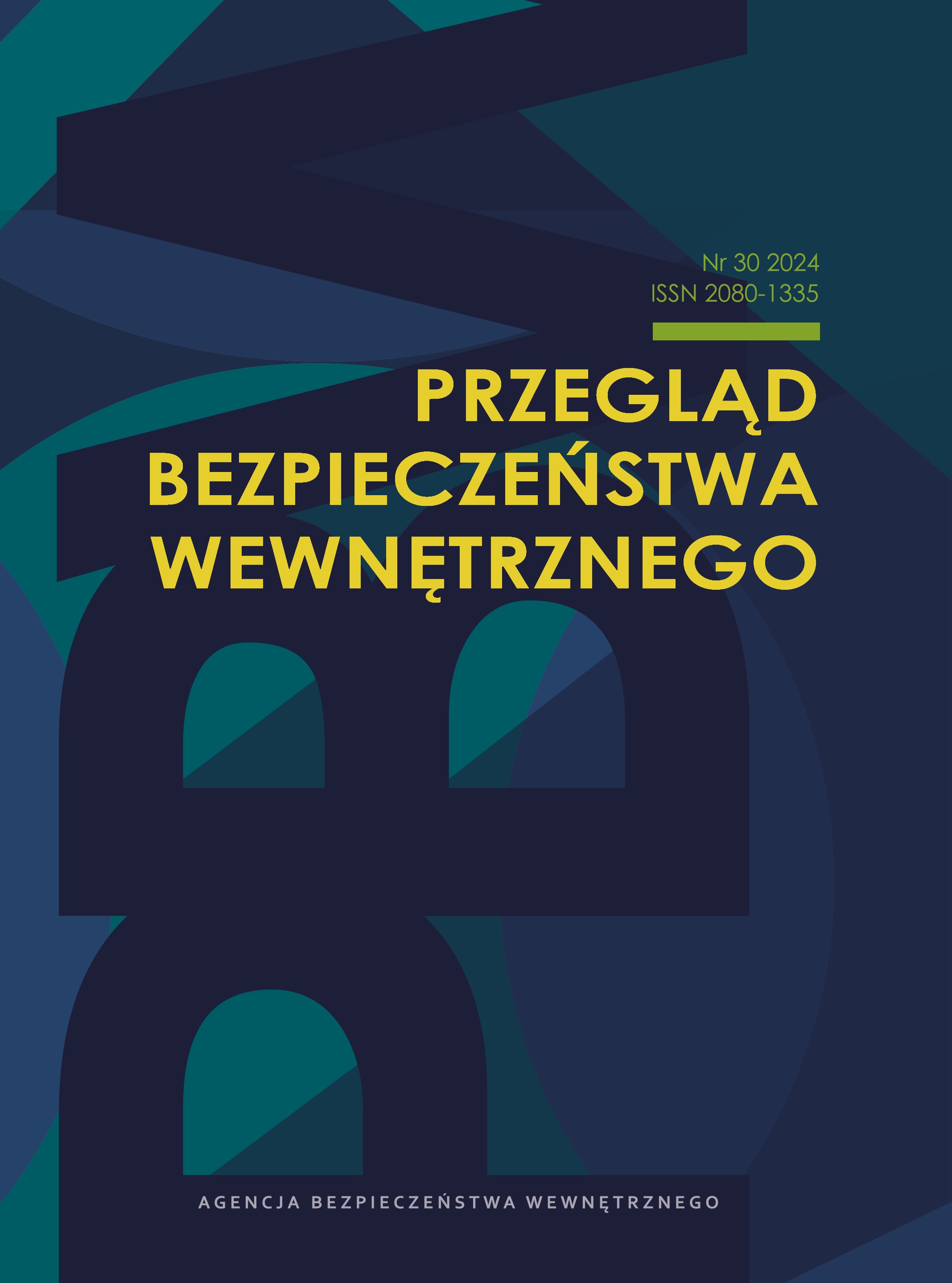
The aim of this article is to present the genesis and typology of cyberspace and the threats that result from activities carried out in this area by state and non-state entities. The basic concepts, especially cyberspace, which is treated as a potential new theater of war, have been systematized. It was also presented the characteristics of the studied phenomenon from the point of view of using it to carry out destructive activities in the digital space and in the real world. Cyberspace is becoming an area for carrying out effective activities that serve to neutralize the enemy in a short time and with little effort. To prove his theses, the author uses numerous examples from the actual international relations, such as: the cyberwarfare in Estonia, the Israeli-American operations against Iranian ICT systems and the cyber-clashes between the United States of America and China.
More...
The author analysed the scale of betrayal among the officers and officials of the Ukrainian state during the annexation of Crimea by the Russian Federation in 2014. The main research problem was an attempt to explain the anomaly in the activities of the special services in the form of recruiting 1,400 officers of the Ukrainian SBU to the Russian FSB. In an attempt to explain this phenomenon in the practice of secret services, the author used the theory of offensive intelligence and counterintelligence created and developed in the USSR from the early 1920s, as well as the findings of cognitive psychology regarding the phenomenon of projection as the main mechanism for explaining the behavior of other people. Thanks to the synthesis of psychology and the analysis of the theoretical achievements of the Soviet secret services, the author put forward a hypothesis about the mass recruitment of the SBU officers in the Crimea long before the annexation. According to the author, the main mechanisms of mass recruitment of agents in order to control the opponent’s organisation were broadly understood corruption and cronyism characteristic to the post-Soviet area.
More...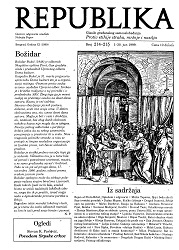
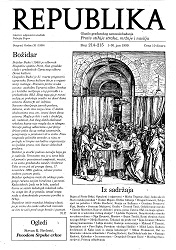
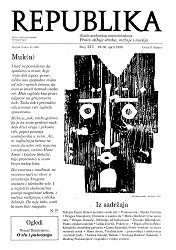
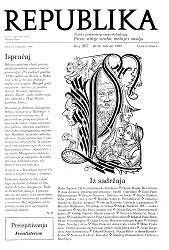
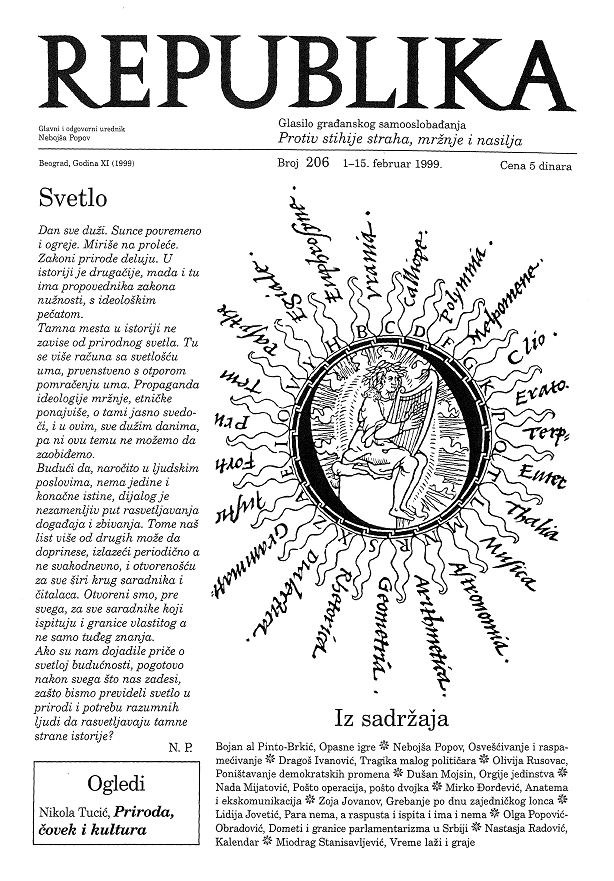
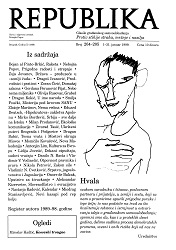
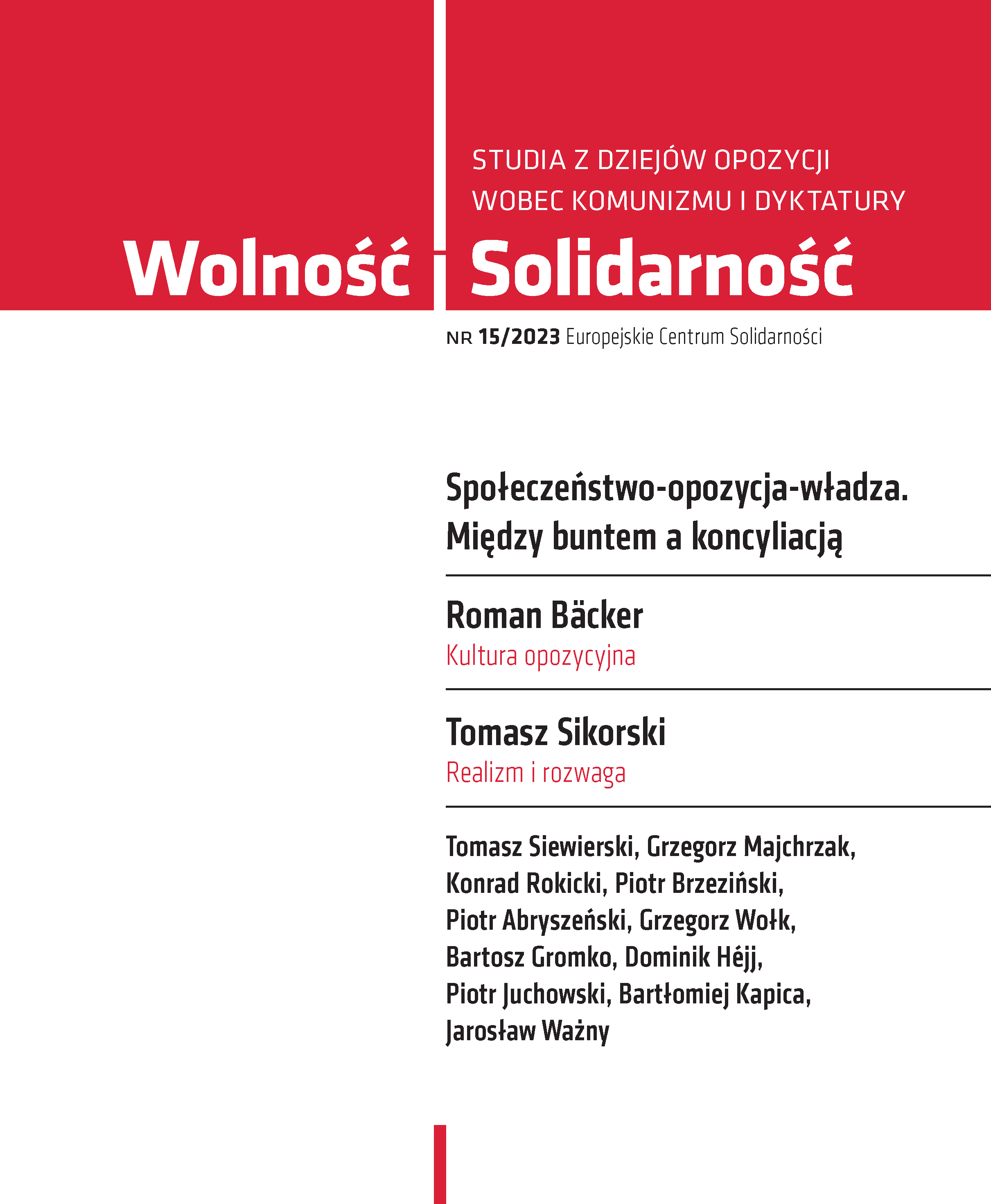
The aim of this text is to create a conceptual apparatus (a categorial grid) that would make it possible to explain all possible manifestations of oppositional culture in autocratic regimes. I distinguish two basic understandings of oppositional culture: social and domain-specific. The first is the totality of disapproval attitudes towards an autocratic political regime. The latter includes all manifestations of artistic creativity that are critical of the existing political regime. I distinguish three basic typologies of opposition cultures in the latter sense due to the following criteria: organizational shape, place of artistic expression and levels of negation of a given regime. The first typology concerning the organizational shape allows for the differentiation of opposition culture entities due to their numbers and the strength of social bonds created while performing this social role. The second typology makes it possible to define the space of freedom for the subjects of the opposition culture, and the third one – the level of refutation of a given political system.
More...
Despite the introduction in 1981 of a meat and processed meat ration card, the supply situation in Poland was deteriorating, with stores dreading empty shelves. It became impossible to buy even basic products. This, in turn, affected public sentiment and increased the frustration of Poles, especially women. It also led – in July of that year – to a new form of protest, the so-called hunger marches. They were a way of demonstrating discontent without stopping work, organizing strikes, which would not only not improve the situation, but could even make it worse, and would also allow the PRL authorities to hold Solidarity responsible for the dire supply situation. The loudest and largest hunger marches were organized in Lodz. In the following weeks, they were also held in many other cities. An end was put to these unusual street protests (involving mainly women, often with children) by the union›s authorities – the National Coordinating Commission, which in August 1981 appealed to refrain from organizing further marches and other protests (including strikes) and declared that it would do everything it could “to lead the country out of the crisis”.
More...